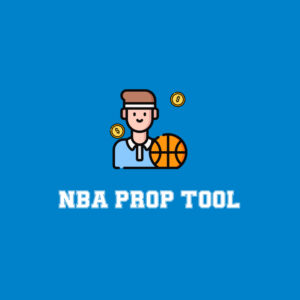
MMA DFS is perhaps the most fun sport to play in the daily fantasy industry. The “sweat” of watching your fighter land a knockout blow is unmatched in terms of the entertainment value and the adrenaline rush that it provides. But more importantly, the barrier of entry in playing MMA DFS is much smaller than the bigger sports such as NFL, NBA and MLB.
In other words, it would be very difficult to give someone a crash course on any of those sports and expect them to be a profitable player overnight. But MMA is different; it is a niche sport that can be taught relatively quickly. I believe you can take someone who knows nothing about the sport and turn them into a profitable player overnight. Today, this article seeks to do just that.
For starters, you need to understand how MMA DFS is scored.
DraftKings scoring
|
Moves |
|
|
Significant Strikes |
0.5 Pts |
|
Advance |
3 Pts |
|
Takedown |
5 Pts |
|
Reversal/Sweep |
5 Pts |
|
Knockdown |
10 Pts |
|
Fight Conclusion Bonuses |
|
|
1st Round Win |
90 Pts |
|
2nd Round Win |
70 Pts |
|
3rd Round Win |
45 Pts |
|
4th Round Win |
40 Pts |
|
5th Round Win |
40 Pts |
|
Decision Win |
30 Pts |
FanDuel scoring
|
1st Round Win |
100 |
|
2nd Round Win |
75 |
|
3rd Round Win |
50 |
|
4th Round Win |
35 |
|
5th Round Win |
25 |
|
Decision Win |
20 |
|
Knockdown |
12 |
|
Submission Attempt |
5 |
|
Significant Strike |
0.6 |
|
Takedown |
6 |
|
Takedown Defense |
3 |
So right off the bat, we could see that based on the scoring, we want fighters who will finish their fights early so we can capitalize on the win bonuses. Additionally, because of the high value of takedowns on both sites, we know that wrestling-based fighters who fight at a high pace should generally score well, as they are likely to land multiple takedowns. The last main portion of the scoring metrics would be the significant strikes landed by fighters.
Each strike is not worth much, but it is easy to see that we want to target fighters who land more strikes. A way to do this is by looking up their significant strikes landed per minute, which is a statistic tracked on the UFC website. Obviously, each matchup is different and important, but it gives you a baseline of how many strikes that fighter lands on average over the course of 15 minutes.
There are other ways to score points such as advances and reversals or landing a knockdown, but these are usually high-variance and more difficult to predict, so we will stick with the basics for now.
The last thing you should know when it comes to scoring is that the main event fight is five rounds as opposed to typical three-round fights. Sometimes you will see a co-main event that is five rounds as well but only if they are fighting for a championship belt.
In order to fill out a lineup for MMA DFS, you must pick six fighters without going over the $50,000 salary cap. The goal is to pick six fighters who win. If you pick six winners, then you will likely cash every contest you play in (depending on field size).
But in tournaments, you not only need six winners but, in most cases, you will need around 100 points from each fighter to have a shot at winning the tournament. That is why it is critical to be able to identify which fighter(s) and which fight(s) will score well. There are multiple resources out there that can assist you in doing just that.
Vegas odds
Vegas odds are important in every DFS sport, but they are critical when it comes to MMA. They will tell you which fighter is the favorite, how big of a favorite and how much money is coming in on either side. More importantly, you will see the line on fights to end in a decision or not. For example, if a fight is -400 not to go to decision then we know that oddsmakers feel strongly that the fight will end with a finish. This helps us identify which fighters have a better chance of earning an early win bonus for our lineups.
Additionally, once the props are released, you can see each fighter’s “inside the distance” line, which indicates how likely they are to finish their fight inside the distance — or in other words, before the final bell. So, while the first line tells us how likely the fight is to end in a finish, the inside distance line will tell us how likely the individual fighter is to finish. Using these two lines in tandem will give you an idea of who to target for your fantasy lineups but also which fights to possibly take the underdog in.
You can find these lines on most sportsbooks, but I recommend using Bestfightodds.com, which lists multiple books and the props for each of them all in one place.
Ownership
Like the Vegas odds, I weigh ownership much more in niche sports like MMA and PGA as opposed to the bigger sports. This is because MMA is one of the highest-variance sports out there. (When you have two people punching each other inside of a cage, anything can happen.) Although it does not happen often, it’s possible to have a -500 favorite go out there and lose; that happens far less often in the bigger sports.
By using the Vegas odds to identify which fighters and fights are likely to end with a finish, you should know that those fighters are going to be more popular in DFS. In some cases, it makes sense to take the most popular fighter and “eat the chalk,” but you can also get massive leverage by taking the other side.
For example, when Amanda Nunes is fighting, you should just play her every time. She has one of the safest floors, because she gets five rounds if she needs it but also because she is a strong finisher and lands takedowns as well. She is usually a large favorite, but just because she will be very popular does not mean it’s a good idea to fade or take the other side.
On the flip side of that, there are situations where the favorite gets overvalued by the market and we see massive ownership in DFS. Tony Ferguson was owned at 70% in some contests when he fought Justin Gaethje even though his implied probability to win based on the Vegas odds was more than 10% lower. These are the times where we can leverage ownership.
Putting it all together
Instead of shying away from the volatility, you should embrace it. Rather than trying to pick every winner, just focus on picking the fights where the winner should score well.
I always recommend playing multiple lineups in MMA DFS. That does not mean you have to max every tournament, but it does make the game more enjoyable when you have more than one team going. If you only play one lineup then your night is over as soon as one of your fighters loses.
When you have multiple lineups, you can take stances on fighters that you feel confident in but also take chances on fighters that are riskier. For example, each week I try to identify a core of fighters that I like to win and to score well and then I’m basically rotating in the riskier fighters that I am less confident in around that core.
For a fight you think scores well but you don’t have a strong lean on who wins, it makes sense to play one fighter on six of your lineups and the other fighter on the other four lineups. By doing this, you know that you will have the winner of a fight that scores well (assuming your initial analysis is correct).
If you were right about your core, then you know you will have a few live lineups when the night is coming to an end. At that point, you just need variance to go your way but if you put enough shots on goal, it’s only a matter of time before you score.





























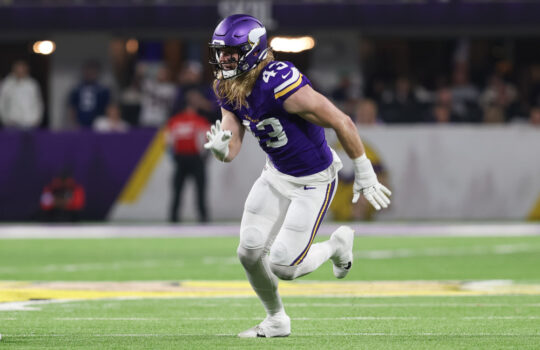



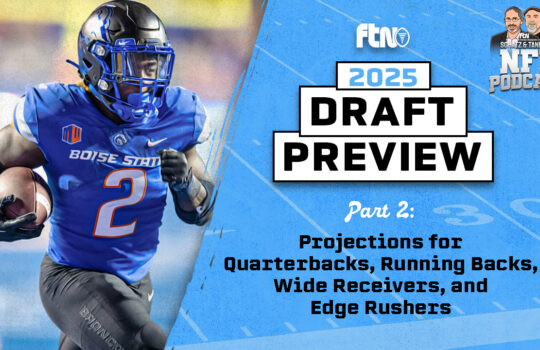

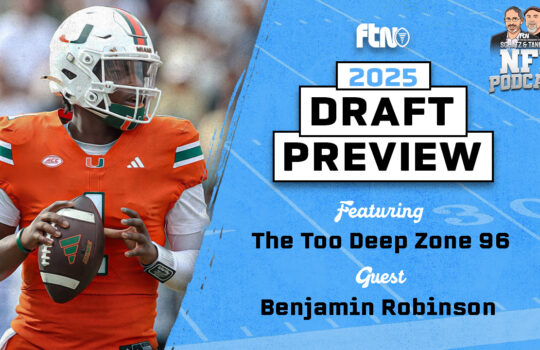











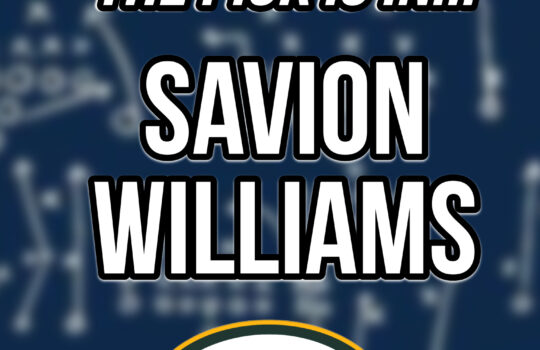


 New York Jets
New York Jets  New England Patriots
New England Patriots  Miami Dolphins
Miami Dolphins  Buffalo Bills
Buffalo Bills  Pittsburgh Steelers
Pittsburgh Steelers  Cleveland Browns
Cleveland Browns  Cincinnati Bengals
Cincinnati Bengals  Baltimore Ravens
Baltimore Ravens  Tennessee Titans
Tennessee Titans  Jacksonville Jaguars
Jacksonville Jaguars  Indianapolis Colts
Indianapolis Colts  Houston Texans
Houston Texans  Las Vegas Raiders
Las Vegas Raiders  Los Angeles Chargers
Los Angeles Chargers  Kansas City Chiefs
Kansas City Chiefs  Denver Broncos
Denver Broncos  Washington Commanders
Washington Commanders  Philadelphia Eagles
Philadelphia Eagles  New York Giants
New York Giants  Dallas Cowboys
Dallas Cowboys  Minnesota Vikings
Minnesota Vikings  Green Bay Packers
Green Bay Packers  Detroit Lions
Detroit Lions  Chicago Bears
Chicago Bears  Tampa Bay Buccaneers
Tampa Bay Buccaneers  New Orleans Saints
New Orleans Saints  Carolina Panthers
Carolina Panthers  Atlanta Falcons
Atlanta Falcons  San Francisco 49ers
San Francisco 49ers  Seattle Seahawks
Seattle Seahawks  Los Angeles Rams
Los Angeles Rams  Arizona Cardinals
Arizona Cardinals 
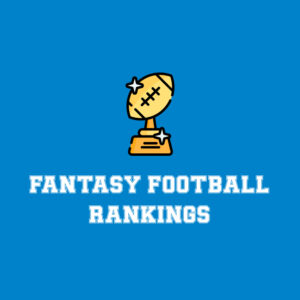
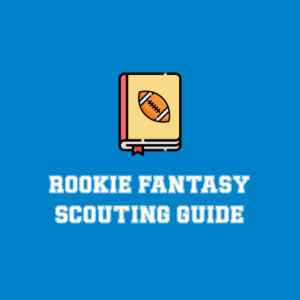


 Boston Celtics
Boston Celtics  Brooklyn Nets
Brooklyn Nets  Philadelphia 76ers
Philadelphia 76ers  New York Knicks
New York Knicks  Toronto Raptors
Toronto Raptors  Chicago Bulls
Chicago Bulls  Detroit Pistons
Detroit Pistons  Milwaukee Bucks
Milwaukee Bucks  Cleveland Cavaliers
Cleveland Cavaliers  Indiana Pacers
Indiana Pacers  Orlando Magic
Orlando Magic  Atlanta Hawks
Atlanta Hawks  Charlotte Hornets
Charlotte Hornets  Miami Heat
Miami Heat  Washington Wizards
Washington Wizards  Denver Nuggets
Denver Nuggets  Minnesota Timberwolves
Minnesota Timberwolves  Oklahoma City Thunder
Oklahoma City Thunder  Portland Trail Blazers
Portland Trail Blazers  Utah Jazz
Utah Jazz  LA Clippers
LA Clippers  Golden State Warriors
Golden State Warriors  Los Angeles Lakers
Los Angeles Lakers  Phoenix Suns
Phoenix Suns  Sacramento Kings
Sacramento Kings  Dallas Mavericks
Dallas Mavericks  Houston Rockets
Houston Rockets  Memphis Grizzlies
Memphis Grizzlies  New Orleans Pelicans
New Orleans Pelicans  San Antonio Spurs
San Antonio Spurs 


